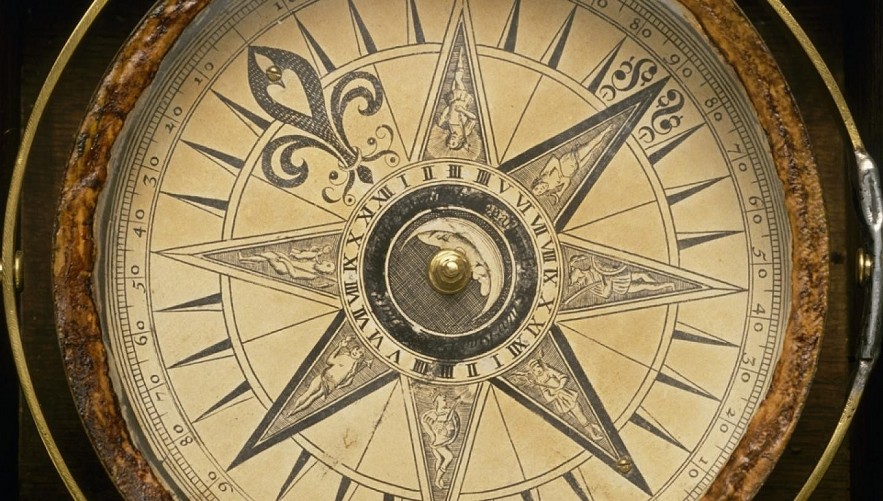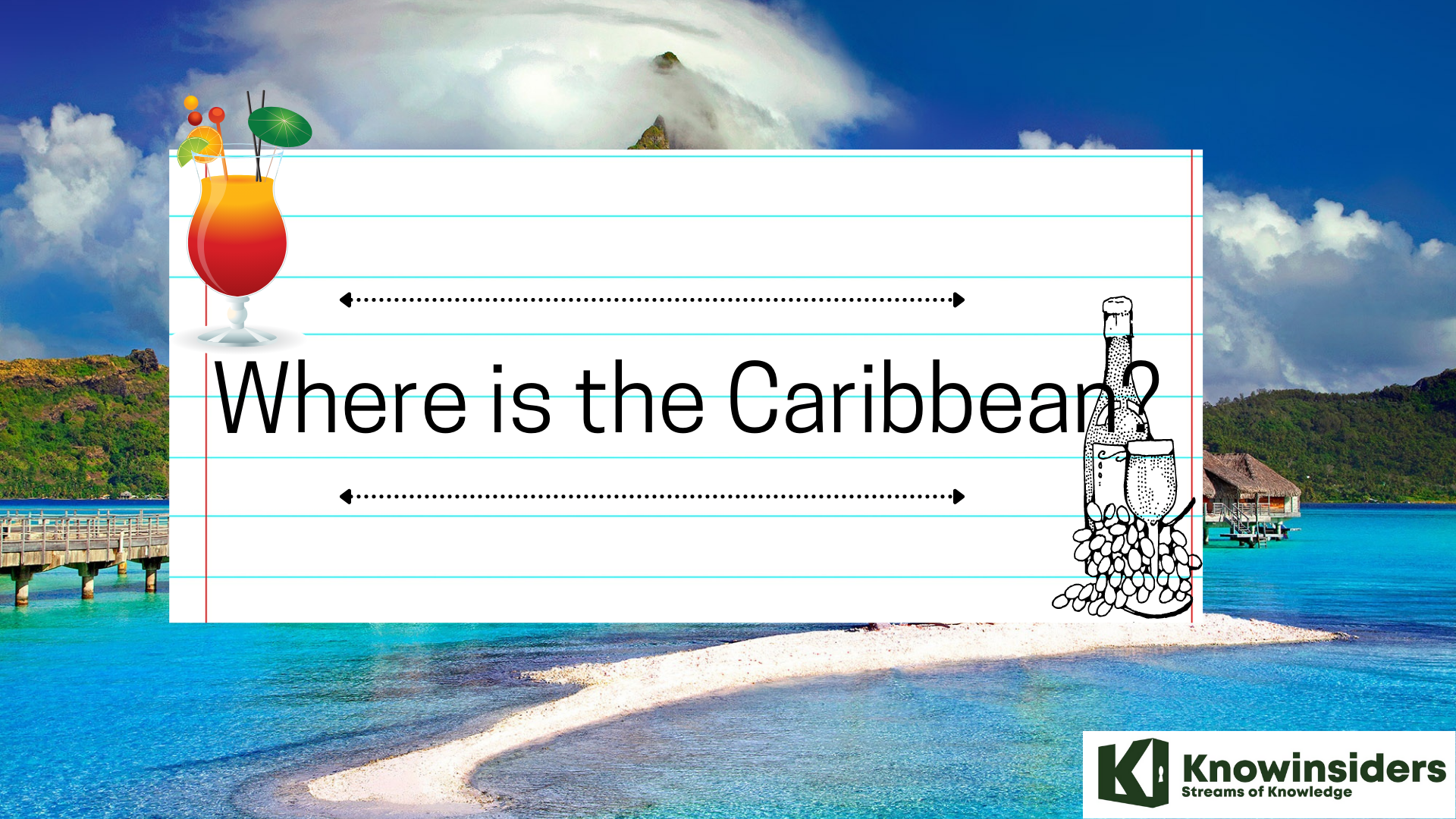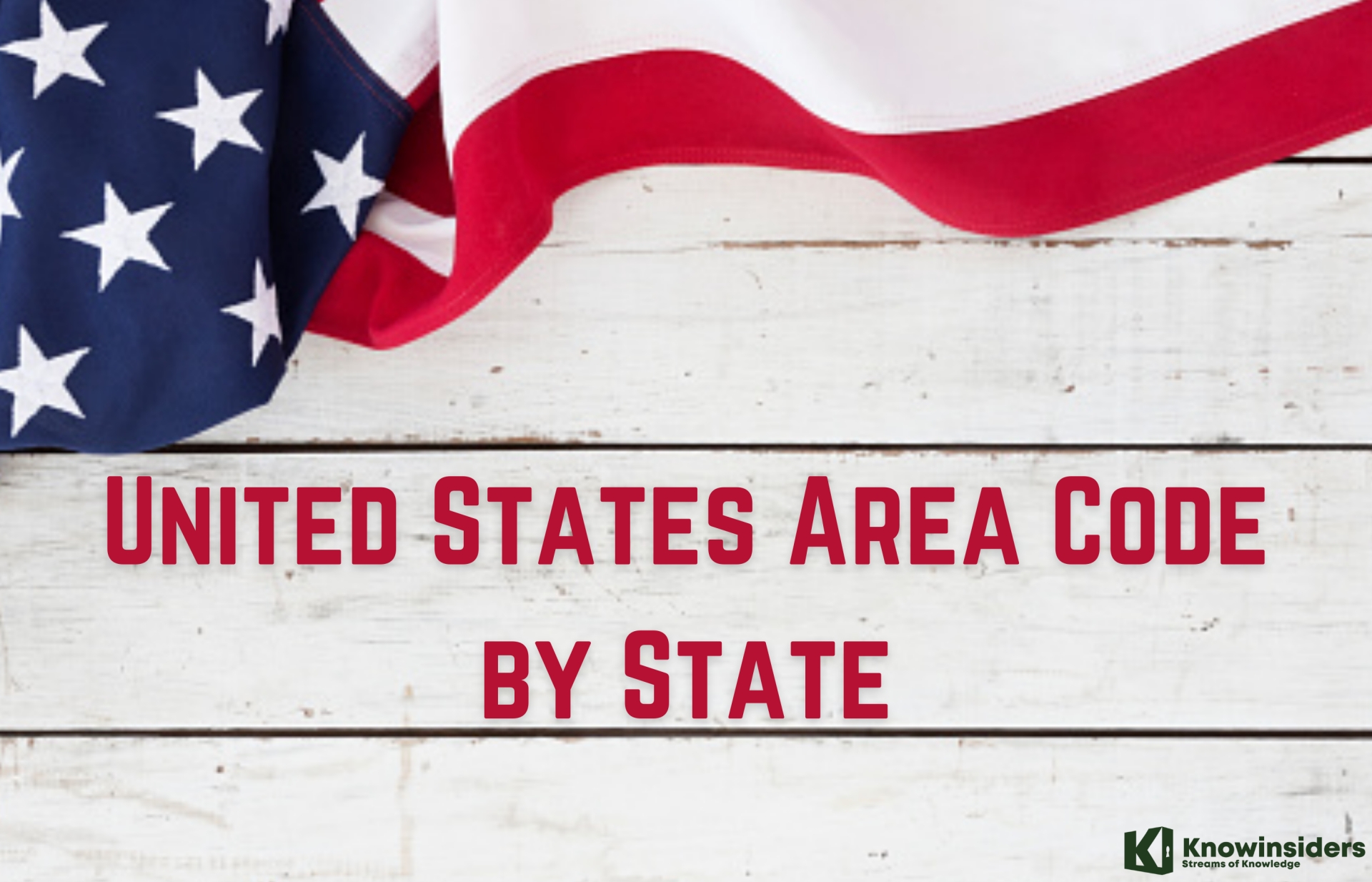What Is Difference Between True North and Magnetic North?
 |
| What Is Difference Between True North and Magnetic North? |
True North, what is it?
The Geographical North is another name for it. The North Pole can be reached by following the true north. Here we are at a precise spot on the planet Earth.
North and south geographic poles cause Earth to revolve around them. In the northern hemisphere, the geographic north and south poles serve as the meeting points of longitude (meridians). You can't get more opposite than the south and north poles.
Arctic Ocean is where you'll find the North Pole. Scientists have tried to pinpoint the North Pole multiple times. However, the continual movement of sea ice in the region makes the establishment of a permanent settlement at the geographic North Pole very improbable.
Antarctica, a huge continent on the opposite side of the Earth, is home to the South Pole. Since the ice cap only moves a few meters every year, the United States Antarctica program has placed a marker here to restrict the actual South Pole.
How does one find Magnetic North?
When the Earth's magnetic field is perpendicular to the surface, it is said to be magnetic north. The direction of magnetic north fluctuates throughout time and throughout the surface of the Earth.
A tremendous magnet is at work on Earth. On Ellesmere Island in northern Canada lies the Magnetic North Pole, sometimes called the North Dip Pole, which is where the northern lines of attraction meet the Earth's surface.
Within its housing, a compass needle floats freely, giving it the ability to move on its own. By bringing it into alignment with the Earth's magnetic field, a compass can be used. A compass can detect and respond to Earth's magnetic field thanks to the little magnetic pin.
READ MORE: Where Is The Caribbean: History, Geography and Geology
How Are They Different?
The Real North: True North, often called Geographic North, is a fixed point that lines up with the North Pole. It is the highest point on Earth and the meeting place of all longitude lines.
By utilizing the Earth's magnetic field, the compass needle, when held aloft, will indicate the direction of Magnetic North. Most people don't realize that Magnetic North isn't a static location; in fact, it changes throughout time!
Which one is better, Magnetic North or True North?
The significance of true north is higher than that of magnetic north. The most important explanation for this is that the location of the Earth's core is subject to change throughout time, making magnetic north an ever-changing concept.
How to use a compass to find True North
It is common for the compass needle to indicate north magnetically because it is in alignment with the Earth's magnetic field. True north can only be found by manually adjusting the needle to account for declination.
In relation to actual north, how far apart is Magnetic North?
The actual north is around 500 kilometres (310.6 miles) away from magnetic north. The point where two longitudinal lines meet is called the North Pole, or true north. However, due to the constant motion of the planet's magnetic fields, a region in Northern Canada known as the magnetic north is always changing.
When navigating, how do compasses work?
Finding your bearings is a top priority for marine navigators. You need to be aware of your bearings while sailing across open water since there are no landmarks or signs to aid navigation.
Navigators have relied on the Sun and stars for thousands of years to find their way. Seafarers in the northern hemisphere used Polaris, the North Star, to determine the northerly direction and navigate the seas. If they could see Polaris, they knew which way they were heading.
But what do you do if it’s cloudy, or if there’s a storm and you can’t see the stars or the Sun? How do you know where you are?
We don’t know exactly where or when the first compass was invented. What we do know is that here in Europe they were being utilized as early as the 12th century, and even earlier in China.
By the 16th century, compasses and charts were standard gear for ships sailing at sea.
But even then, navigators and sailors realized there was something a little unusual going on with their compasses. They could see Polaris, but they could see that their compasses didn’t always align with it. Compasses didn’t always point north.
Scientists began to investigate what could be producing this oscillation, or ‘magnetic declination’.
In the 1830s, British scientists launched what became known as the Magnetic Crusade. This was an opportunity for Victorian scientists to travel around the world and detect magnetic divergence. The survey was to be used to aid ships in navigation, but it was also designed to better understand why the Earth’s magnetic field fluctuates over time and place.
Scientists are still working on this question today. This is why the British Geological Survey has been able to prove that magnetic and true north are poised to align here in Greenwich.
 How Many Countries Are There In The Middle East Today: Facts, Figures and Population How Many Countries Are There In The Middle East Today: Facts, Figures and Population The Middle East includes countries that share common factors like ethnic groups, geographic features, religious beliefs, and political history. How many countries are there in ... |
 Where Is The Caribbean: History, Geography and Geology Where Is The Caribbean: History, Geography and Geology To have an answer to your question "Where is the Caribbean?", keep reading the article below. |
 The Number of Geographic Area Codes in the United States The Number of Geographic Area Codes in the United States There are 335 US area codes in total, consisting of 317 geographic area codes and 18 non-geographic area codes. This is a state-by-state list of ... |
























